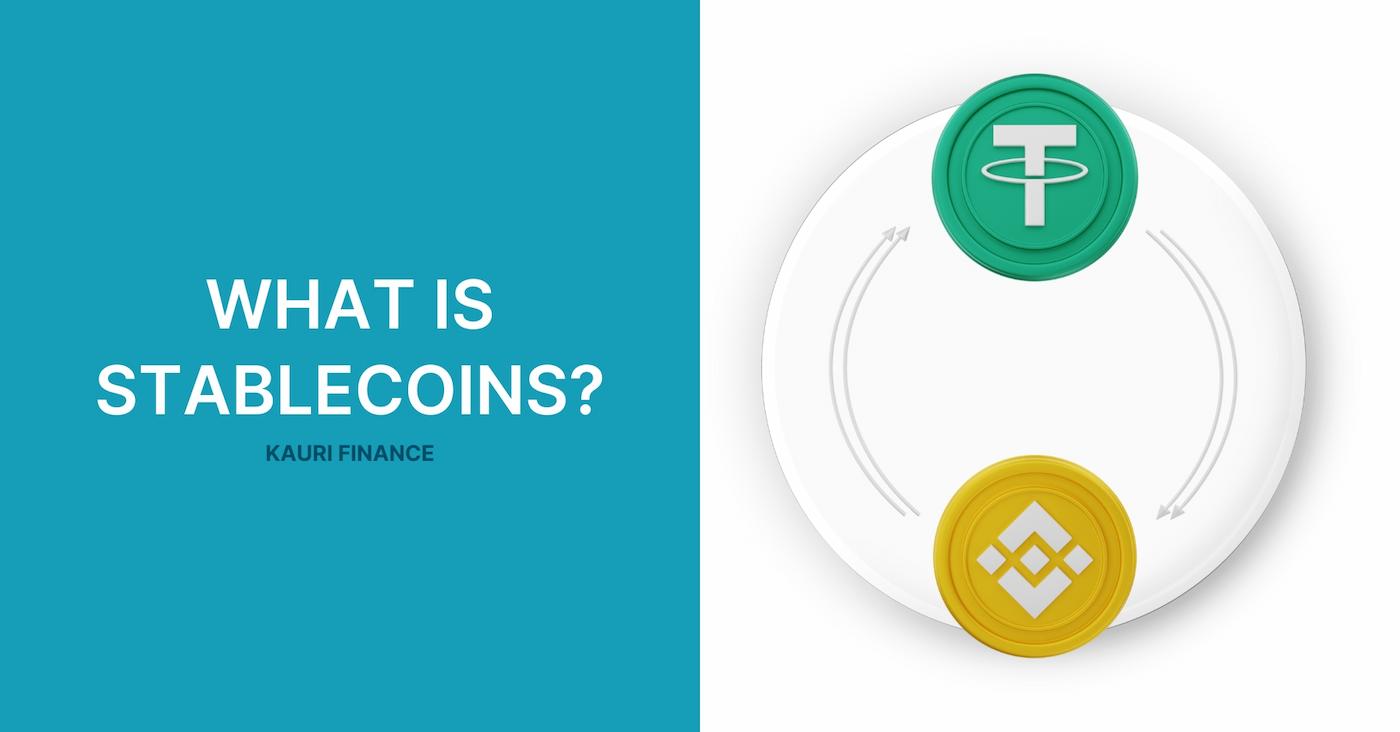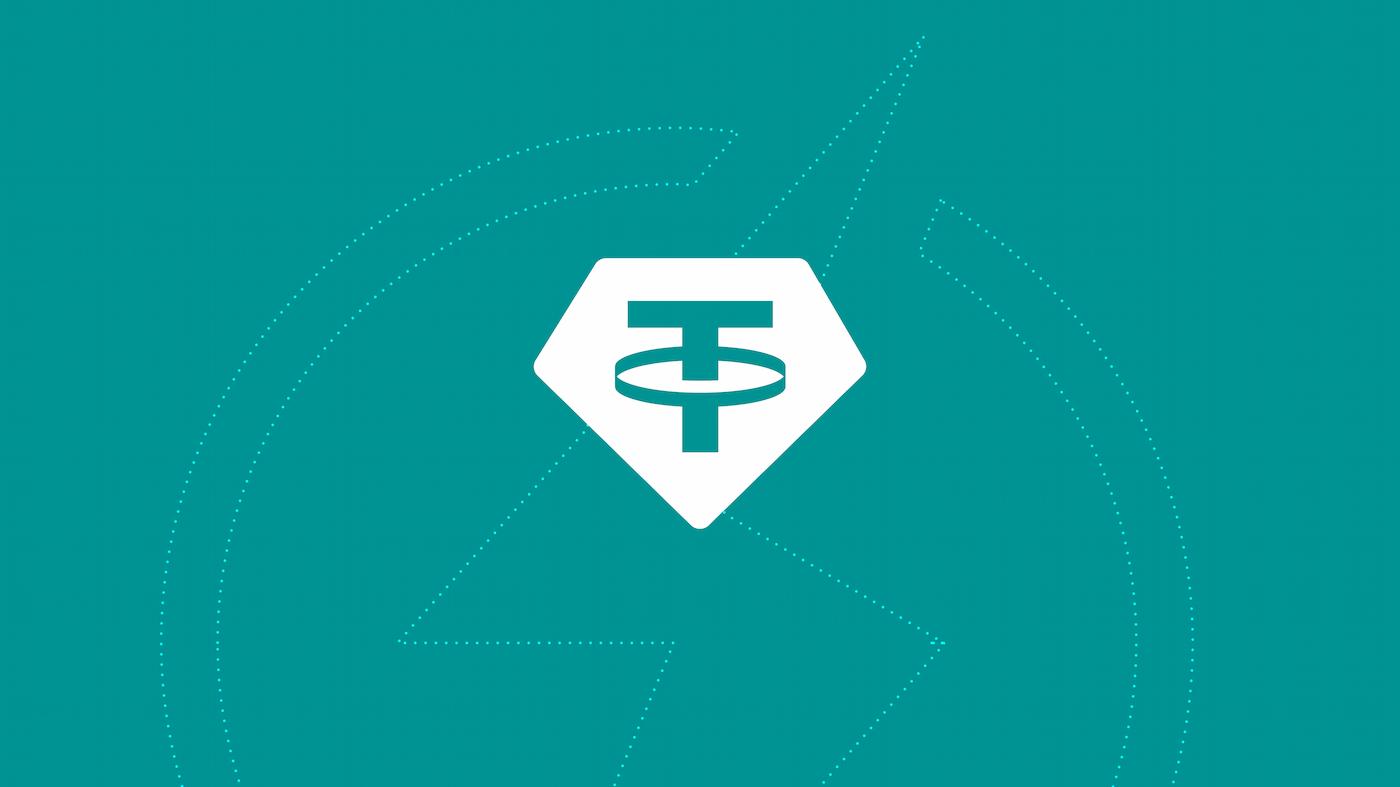
What are Stablecoins?

Stablecoins are a unique class of cryptocurrencies that seek to provide price stability by tying their value to more stable assets such as fiat currencies, gold, or other securities. Unlike traditional cryptocurrencies such as Bitcoin and Ethereum, which are subject to significant price fluctuations, stablecoins offer a more predictable and reliable financial instrument.
This makes them ideal for everyday transactions, reducing the risks associated with volatility and making it easier to integrate cryptocurrencies into the traditional financial system. And with the convenience of Kauri Finance's crypto Mastercard, stablecoins or regular cryptos are easily integrated into our lives.
Maintaining the value of Stablecoins
Stablecoins hold their value stable through a number of unique mechanisms, the main one being a peg to fiat currencies such as the US dollar, the euro, or to valuable metals such as gold. This is accomplished by maintaining reserves in the pegged currency or asset that are equal to the number of stablecoins issued, thus ensuring their stable value.
Stablecoins provide traders and investors with a safe haven during periods of market volatility, allowing capital to be digitally preserved without significant risk of loss due to price fluctuations. In this way, they help increase the trust and acceptability of cryptocurrencies as a means for everyday transactions.
Types of Stablecoins
In the world of stablecoins, there are two main approaches to providing value stability: fiat currency-backed stablecoins and non-collateralized stablecoins. Both types play an important role in providing stability and predictability in the cryptocurrency space, but do so in different ways with their own unique characteristics, advantages and disadvantages.
- Fiat-currency-backed stablecoins: attach their value to traditional currencies such as the U.S. dollar, euro, or yuan, or to precious metals such as gold. These stablecoins are backed by reserves in collateralizing assets, which ensures their stability. The advantage of this approach is a high level of confidence and stability, as the value of these steblecoins is directly correlated to the value of the fiat currencies or metals backing them. However, this also means that they are subject to the same risks as the assets tied to them, including inflation and political risks.
- Non-collateralized (algorithmic) stablecoins: use complex algorithms to automatically adjust the coin's supply in response to demand to stabilize its value. This approach does not require external asset reserves to maintain value stability, offering greater flexibility and potential for scalability. However, algorithmic stablecoins face risks associated with market volatility and the potential instability of the mechanisms that ensure their stability, which can lead to rapid and unpredictable changes in value.
The choice between these two types of stablecoins depends on users' preferences for stability, risk, and use in various financial transactions. While fiat currency-backed stablecoins can offer greater reliability and predictability, algorithmic stablecoins offer innovative solutions to achieve stability without a direct link to traditional assets.
Top 5 Stableсoins 2024
In the world of cryptocurrencies, stablecoins hold a special place due to their stability and their link to traditional assets. Here are five leading stablecoins that stand out in the market for their reliability, transparency, and liquidity:
Tether (USDT)

- Blockchains: Ethereum, Tron, BSC and others.
- Collateral: Bank account reserves, stocks and other assets.
- Market capitalization: $66 billion.
- Features:Widely recognized in the market, high liquidity. Pegged to the U.S. dollar, provides stability and ease of use.
USD Coin (USDC)

- Blockchains: Ethereum, Solana.
- Collateral: Equivalent fiat funds in bank accounts.
- Market capitalization: $27 billion.
- Features: High degree of transparency, regular audits. Supported by major companies Circle and Coinbase.
Binance USD (BUSD)

- Blockchains: Ethereum, BSC, Harmony.
- Collateral: U.S. dollars in U.S. banks.
- Market capitalization: $12 billion.
- Features: US regulation, high level of security and liquidity. Provides users with convenient ways to finance transactions.
Dai (DAI)
- Blockchain:Ethereum.
- Collateralization: Ethereum cryptocurrency.
- Market capitalization: $12 billion.
- Features: Managed by smart contracts, uncensored. Provides stability through cryptocurrency assets, is a decentralized stablecoin.
True USD (TUSD)

- Blockchains: Ethereum, Avalanche, Harmony, Tron.
- Collateral: US dollars in escrow accounts.
- Market capitalization: $1.4 billion.
- Features: High transparency and reliability, backed by real dollars. Designed to protect against market volatility and facilitate transactions.
These stablecoins offer cryptocurrency users the opportunity to participate in the digital economy with less risk of volatility, empowering everyday transactions and investments.
Kauri Finance
Kauri Finance provides a unique platform to interact with the world of stablecoins, opening up a wide range of opportunities for users to make stable and secure financial transactions in the cryptocurrency ecosystem. Using steblecoins such as USDT, USDC, BUSD, DAI and TUSD, Kauri Finance users can easily conduct transactions, pay for goods and services and participate in various blockchain projects without fear of the volatility of traditional cryptocurrencies.
The Kauri Finance platform provides a high level of security, transparency and usability, making it an ideal choice for both beginners and experienced users of the cryptocurrency market. With Kauri Finance, you not only get access to reliable stablecoins, but also the opportunity to use advanced tools to manage your digital assets, opening new horizons in the world of digital economy.
